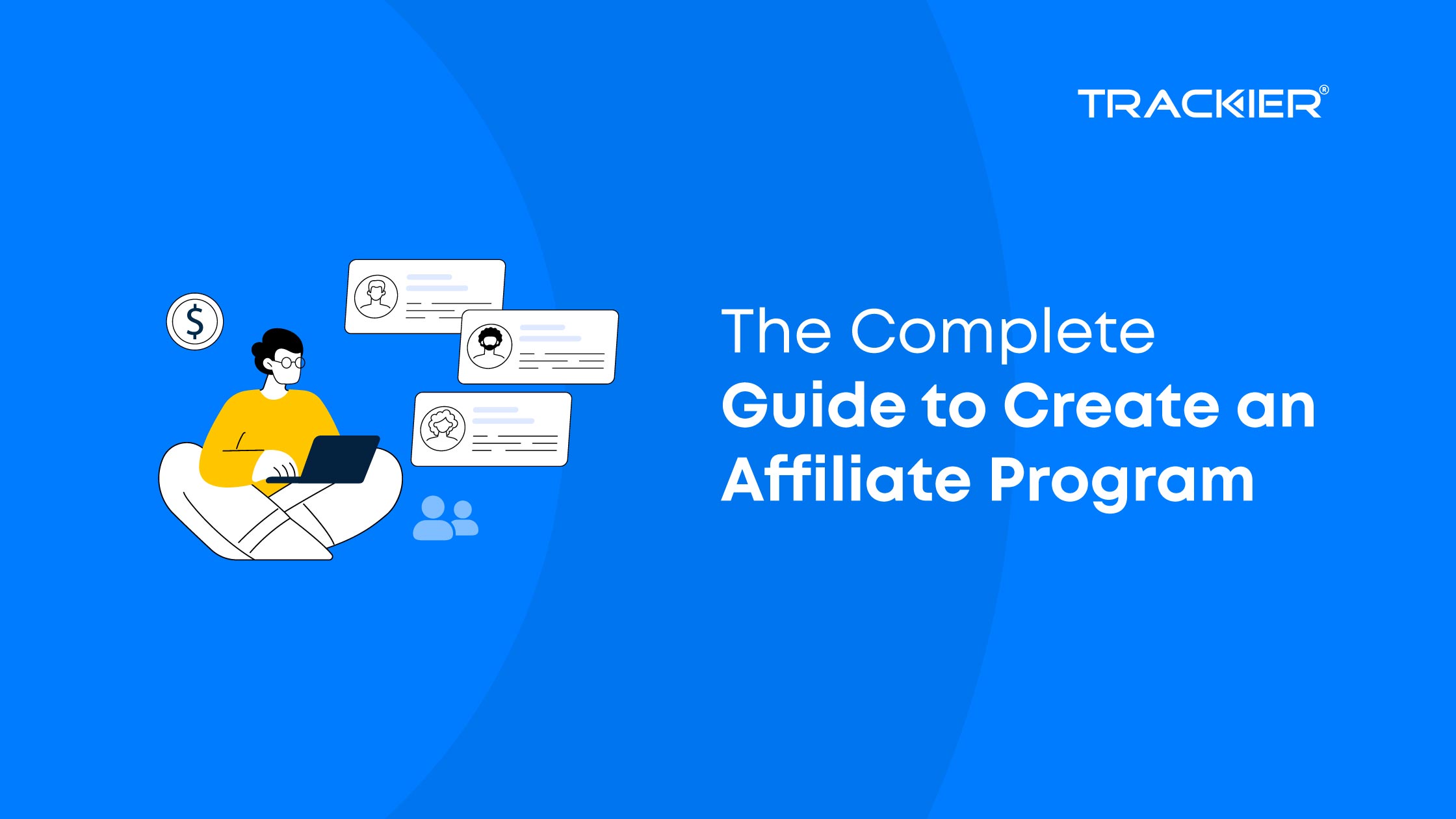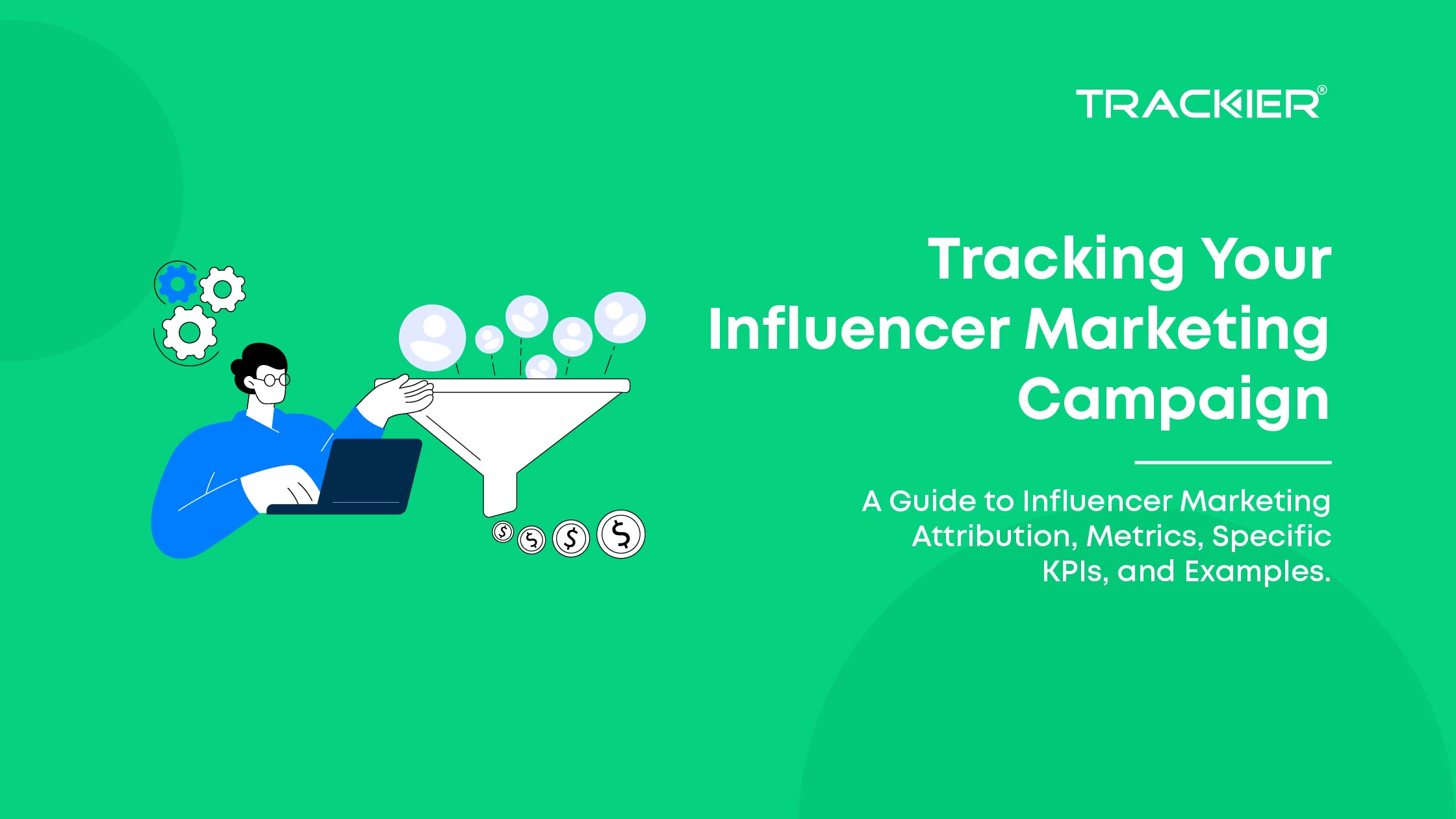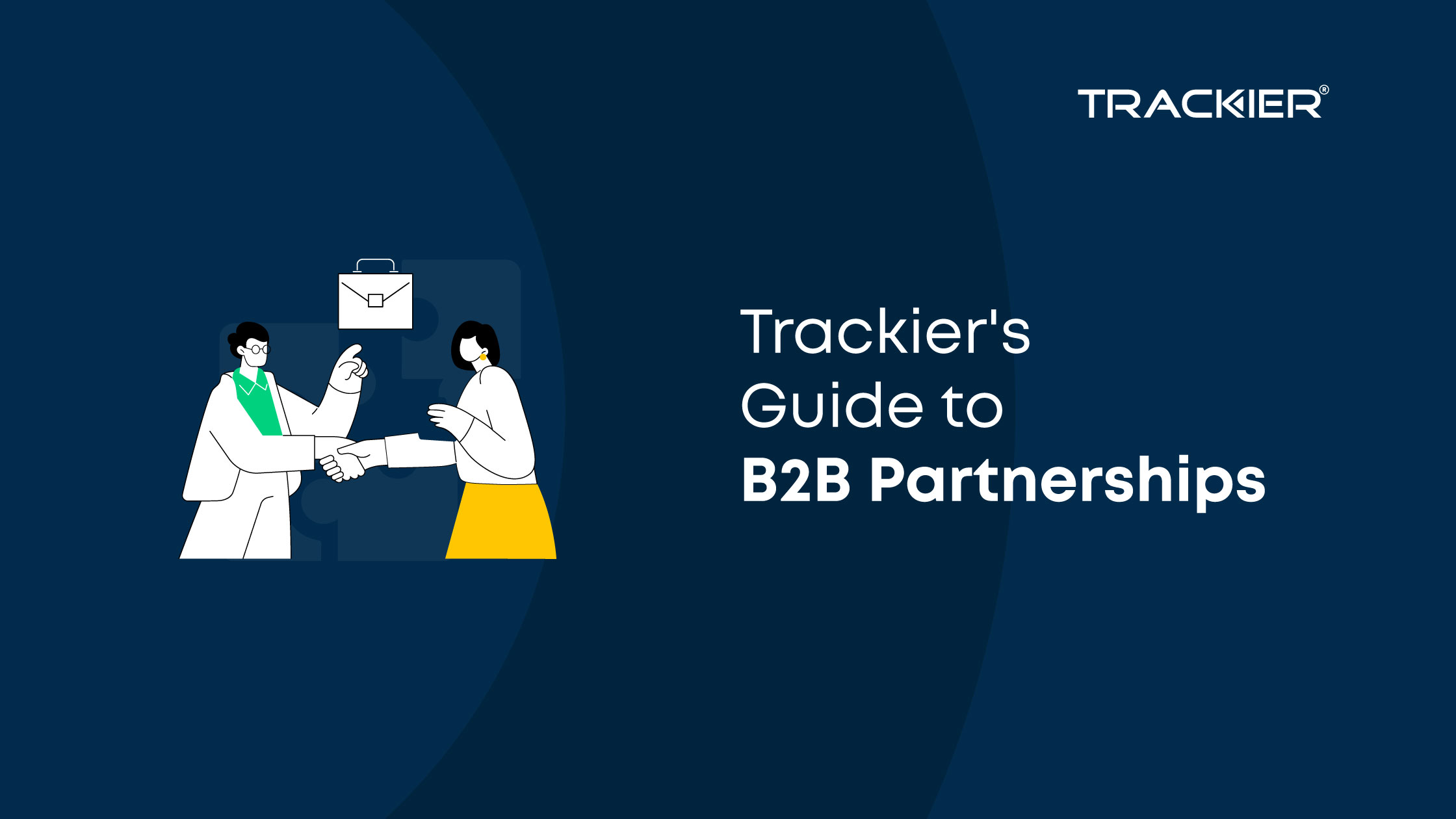It is essential to understand affiliate marketing programs before you decide to expand your audience for your brand. As a matter of fact, 81% of brands use affiliate marketing programs.
The amount spent on affiliate marketing in the U.S. alone is anticipated to increase to $8.2 billion in 2022 from $5.4 billion in 2017.
Given the above statistics, it is understandable why so many eCommerce brands are thinking about launching their own affiliate programs.
In this blog, we’ll go through what an Affiliate Marketing Program is, how it works, why is beneficial for your brand, and how the payout system work.
What is an Affiliate Marketing Program?
In an affiliate program, a company’s products are promoted by affiliates in exchange for a commission.
Affiliate programs essentially establish a relationship between an advertiser and a publisher. An online store owner (the advertiser) has products they want to sell, and an affiliate promotes those products on their own website and makes money from each sale or action.
In layman’s language, an advertiser simply offers a platform for affiliates and merchants to connect and collaborate. After registering for the platform, affiliates and merchants can start collaborating.
It’s a win-win situation for both parties, as the advertiser can use the affiliate’s influence, traffic, and expertise to increase sales for their company and only pay after the sale is made, while the advertiser publisher uses their influence to earn money from the advertiser and boost traffic on their own website.
Why is are Affiliate Marketing Programs beneficial for your brand?
Affiliate marketing offers tremendous potential to increase your reach and potential website visitors as the internet develops into a more collaborative environment with a variety of websites to work with.
Even though the expansion of the affiliate marketing sector is already a positive sign of success, let’s take a closer look at some of the main advantages you’ll experience if you start your own affiliate program.
Easy Attribution
Simple affiliate dashboards let you see real-time data on impressions, clicks, leads, and sales. Frequently, an affiliate will receive a special link (also known as an “affiliate link”) that uses cookies with a predetermined cookie life (or duration) to track clicks. The cookie then monitors whether the customer makes a purchase, and if they do, the affiliate will be paid.
Better ROI
The affiliate is your only source for creating marketing content and generating sales, so you don’t need to hire an advertising team or buy advertising space.
Additionally, since affiliate marketing is performance-based, you never pay for “potential sales” or impressions because you only have to pay the affiliate after a sale has been made. This results in low startup costs and a high return on investment.
Potential to scale
In unison with your other digital marketing efforts, recruiting affiliates into your program will allow you to scale traffic faster. While your affiliates work to generate revenue on existing products and services, you’ll be able to focus on creating new products, building new revenue streams, and reaching new customers in the meantime.
Third-party Colabs and Endorsements
Working with reliable influencers and high-ranking websites will help you improve your reputation and boost customer confidence.
This is a fantastic opportunity to generate pre-qualified leads and boost SEO because your target audience probably already feels a connection to the influencers and websites they visit.
Learn how Trackier can help you scale up your business and boost your ROI with its Performance Marketing Software.
How do brands work with Affiliate Marketing Programs?
The partnership life cycle is the core of any successful affiliate program. You need to know how partners are selected, supported, monitored, and paid in order to comprehend how an affiliate program operates.
There are six stages to how an affiliate marketing program works:
- Seek out potential partners: In order to grow a partnership program, brands must first discover and seek out new partners.
- Contract and Payouts: After joining a new program, partners must agree on the terms of their collaboration, sign a contract with the brand, and submit payment information to receive their payouts.
- Track and Attribute: Brands give their partners individualized tracking data so they can keep tabs on their compliance with the terms of the partnership.
- Engage with your Affiliates: Brands must encourage their partners to step up their partnership activities by maintaining regular contact with them.
- Security: Closely monitor the program activity to guard against potential fraud, duplication of expenses, and unsolicited activity.
- Optimize your Affiliate Program: To enhance the performance of program processes, optimization is continuously carried out. To reduce manual work and concentrate on the program’s strategic growth, brands rely on automation tools.
Affiliate Marketing Programs Payouts
The company pays the publisher an affiliate commission each time the publisher advertises a product on their own platform and generates revenue or convinces a customer to take a particular action (like clicking or filling out a form).
While the advertiser has the chance to boost traffic and sales, the affiliate can benefit from a high-paying revenue stream without the hassle of actually making sales.
This can be a lucrative source of income for the affiliate (without the hassle of actually making a sale) and a way for the advertiser to boost traffic and sales, benefiting both parties.
The affiliate’s contribution to the seller’s sales will be calculated differently depending on the program. Here are three distinct affiliate program payout types to consider.
- Direct sales: When a customer purchases a product as a result of affiliate marketing tactics, the merchant pays the affiliate a portion of the product’s sale price under this payout program.
For the affiliate to receive payment, the customer must actually purchase the affiliate product. - Pay per Lead: PPL (pay per lead) affiliate programs have a slightly more complicated system. They pay the affiliate according to the number of leads that are converted.
The affiliate must convince the customer to go to the merchant’s website and carry out the desired action, such as downloading content, signing up for a newsletter, following the business on social media, or filling out a contact form. - Pay per click: Pay-per-click (PPC) affiliate compensation is a method used by advertisers seeking to drive large volumes of traffic.
As a result, the affiliate is motivated to send customers from their marketing channel to the retailer’s website. Then, the affiliate is compensated according to the growth in web traffic.
Conclusion
Affiliate marketing can be one of the most cost-effective and scalable ways to make money for your eCommerce website.
You’ll be able to leverage other websites and influencers in your niche to promote your products; grow quickly without investing a lot of money upfront; and generate more sales while being viewed as a trusted brand on reputable third-party sites.
It’s a win-win-win.
Get a free trial of our Affiliate Management software today!















